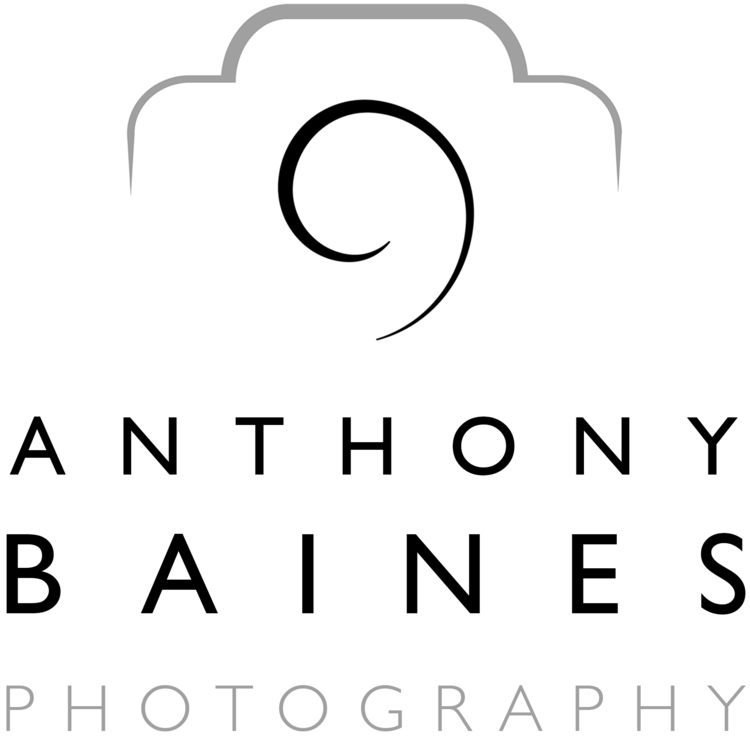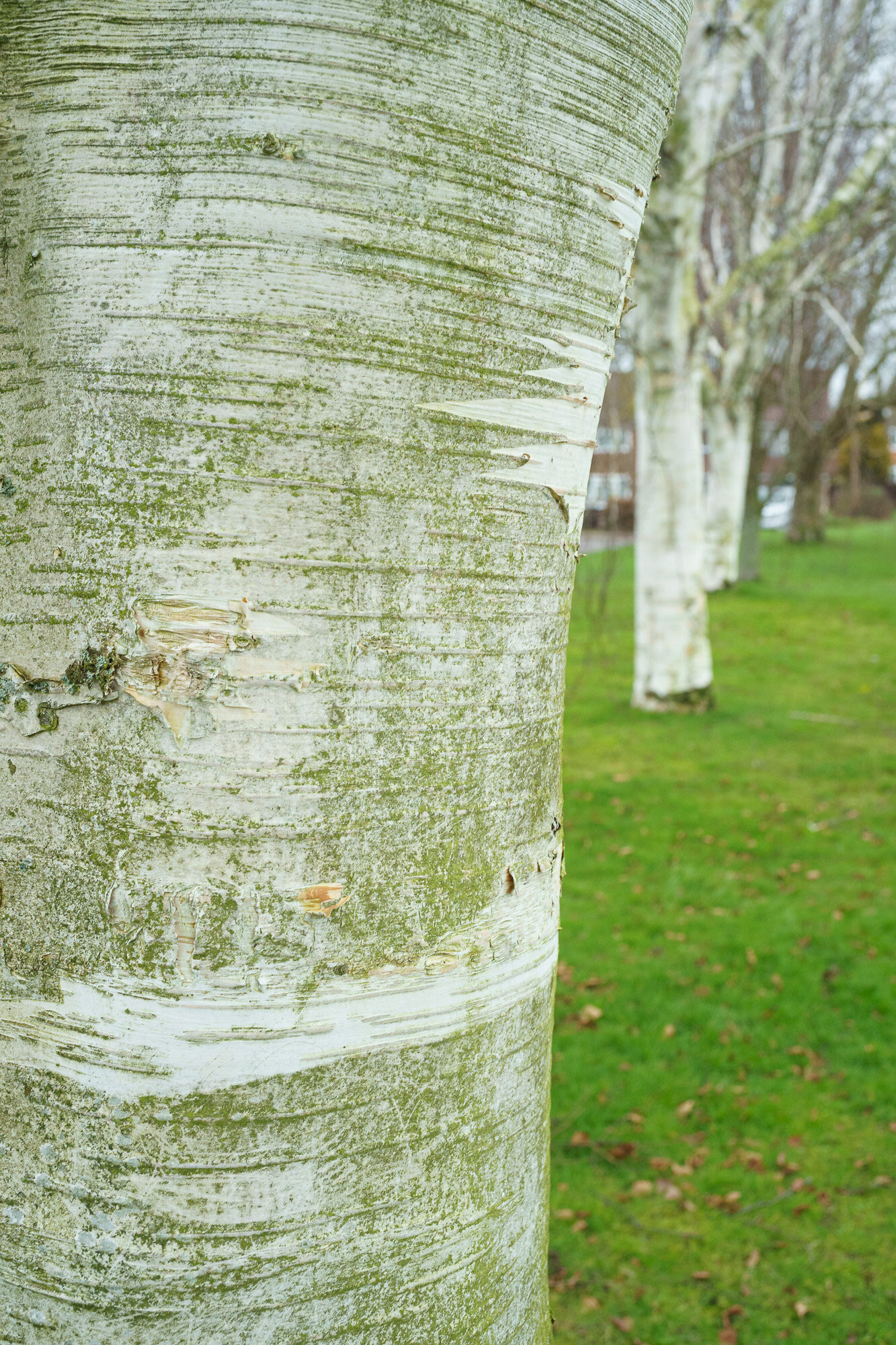This post is the first of a series with sets of pictures from trying my old Olympus Zuiko lenses on an A7III.
The first lens I bought to go with my OM2n in (about) 1981 was an Olympus OM 35mm f/2.8 G.Zuiko Auto-W lens. I think it is my most used of all my Olympus lenses. 35mm suited me as my "standard" lens as it was wider than the conventional 50mm lens that seemed to come with every SLR, meaning I could get closer to subjects. In those days, I always seemed to find a 50mm lens too restrictive.
A picture from film days with this lens. Street food, Delhi, 1982, Kodachrome 64. I’m including this mostly because using a OM Zuiko is a nostalgic experience, but also as a reminder of what we are missing in this closed, shuttered and spaced world.
Here are some pictures taken with the Sony A7III and this lens mounted via the K&F Concepts OM-NEX adaptor. This combination does not record aperture data in the EXIF, and I did not bother writing down apertures as I was walking around with it. However, I did record the apertures for the aperture series I'll show. Apologies for the unexciting nature of the pictures: we’re still locked down.
I’m including some wall shots to illustrate the extent of barrel/pincushion distortion. No correction has been applied in Lightroom. There is a little distortion, as you can see, but it should be easy to correct in post-processing as required.
Generally, I’m very happy with this lens. It is 40 years old and well used, so there is no point comparing it with the latest and greatest. But, it is sharp enough, very small, and very light. Mechanically, it still works beautifully. Focusing is easy on a modern EVF, and, in any case, hyperfocal focusing can short-cut everything. The bokeh seems pleasant when there is not a lot of fine detail in the background; on the other hand, the rendering would probably be described by bokeh enthusiasts as “nervous” if there are small fine deatils. My general practice with film was to shoot between f/4 and f/8, where the light allowed: the images render very nicely on digital between these values.
I’m looking forward to taking it for a day’s street shooting when everything eventually eases up.
Aperture series. From top left to bottom right: f/2.8, f/4, f/5.6, f/8/, f/11, f/16 (each image should be clickable to open in a lightbox)
Last of the summer fruits. f/2.8, at about minimum focus









